In 2019, 120 journalists and 10 media organizations conducted an investigation that revealed that thousands of Canadians could be drinking water contaminated with high levels of lead. In the U.S., National Geographic announced similar findings and reported that a quarter of Americans are drinking unsafe water. Does this make you worry about the water that you drink and use every day?
Thankfully, there are some easy things that you can do to improve the water quality in both your home and community. In this blog post, we will outline 8 simple tips to improve your household water quality.
Clean and Replace Water Filters
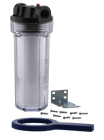 Bacteria, metals and other contaminants can build up in water filters over time. This buildup can cause water filters to not work as well as they should and can even cause a sour taste or smell. To prevent a foul taste or smell, follow the guidelines for your specific water filter. The instructions will outline when to clean or replace the filters.
Bacteria, metals and other contaminants can build up in water filters over time. This buildup can cause water filters to not work as well as they should and can even cause a sour taste or smell. To prevent a foul taste or smell, follow the guidelines for your specific water filter. The instructions will outline when to clean or replace the filters.
Replace Old Plumbing and Pipes
Prevent lead from getting into your water by replacing aging pipes and plumbing parts. Make sure to replace old pipes and plumbing components with lead-free plumbing parts.
Run Sitting Water
 Water quality can decline if water hasn’t been used for a long period of time. If water has been sitting in your pipes for a while, run cold water taps for two minutes before drinking, cleaning or cooking.
Water quality can decline if water hasn’t been used for a long period of time. If water has been sitting in your pipes for a while, run cold water taps for two minutes before drinking, cleaning or cooking.
Drain Your Water Heater Annually.png?width=238&name=MicrosoftTeams-image%20(2).png)
To prevent sediment, bacteria and metals from building up in your water heater tank, annually drain your water heater. Draining your water heater on an annual basis can improve both your household water quality, as well as the water pressure in your home. For more information and instruction, refer to your water heater manufacturer.
Use Eco-Friendly and Non-Toxic Products
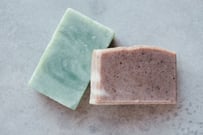 Cleaning supplies, personal hair care products and hand soaps can end up in the water supply so be conscious of what you put down the drain. Consider switching to eco-friendly and/or non-toxic personal care items and cleaning products.
Cleaning supplies, personal hair care products and hand soaps can end up in the water supply so be conscious of what you put down the drain. Consider switching to eco-friendly and/or non-toxic personal care items and cleaning products.
Dispose Hazardous Chemicals Properly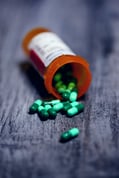
Dispose hazardous substances, such as pesticides and prescriptions, properly. Disposing hazardous wastes the right way keeps dangerous chemicals from getting into your water.
Use Pesticides and Fertilizers Properly
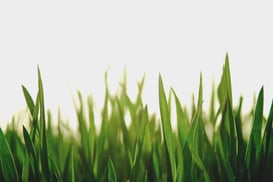 You can improve the health of your water by applying the appropriate amount of pesticides and fertilizers at the right time weather-wise. If too much has been applied and/or it has been applied right before it rains, the chemicals from pesticides and fertilizers can run directly into your local waterway. Follow the product label and check your local weather forecast before applying pesticide or fertilizer.
You can improve the health of your water by applying the appropriate amount of pesticides and fertilizers at the right time weather-wise. If too much has been applied and/or it has been applied right before it rains, the chemicals from pesticides and fertilizers can run directly into your local waterway. Follow the product label and check your local weather forecast before applying pesticide or fertilizer.
Pick Up After Your Pet
It’s important to pick up pet waste right away and put it in the garbage or flush it down the toilet. Picking up pet waste from your lawn keeps bacteria from running into storm drains.
Hopefully, you’ve found this blog post informative, and have learned a few things that you can apply to your own life! Please let us know if there’s anything that we may have missed or if you give any of these suggestions a try!



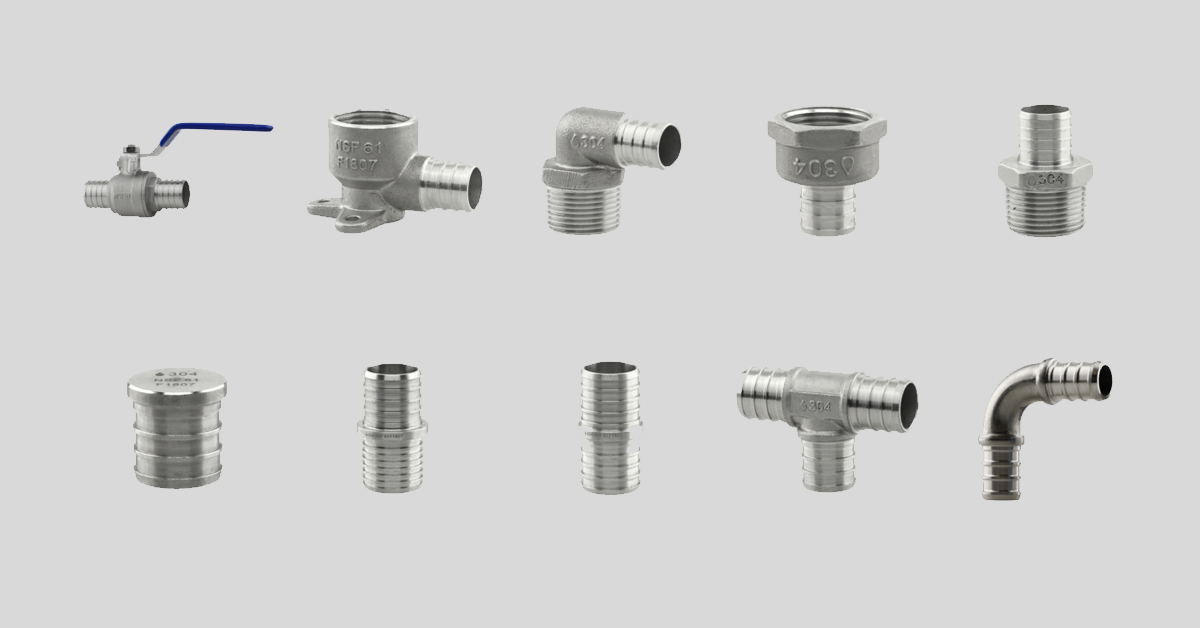
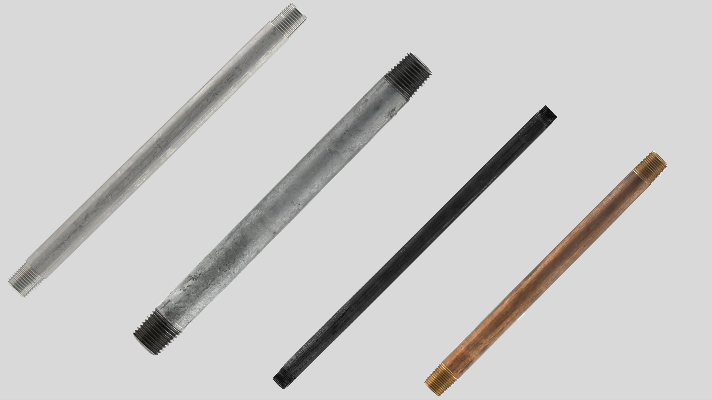
SHARE